As we welcome new faculty, and get ready to open school with the start of our Opening of School Faculty Meetings today, I thought I would share some of the interesting work Chris McEnroe (at right) is bringing to Tabor through his interest in digital media.
By Chris McEnroe, Faculty, English Department
Last October, I was very fortunate to receive funding from Tabor to attend the Online Education Symposium for Independent Schools (OESIS) in Cambridge, MA. Leaders in entrepreneurial education design and innovation organize OESIS and have conceived this symposium specifically to explore the impact and opportunity afforded by digital communication for teaching and learning in independent schools. I was immediately excited to see the presenters and attendees at OESIS approaching the conversation about technology and teaching openly, intelligently, and with an eye on transforming education. That’s why I wanted to present at OESIS West the following February.
Jeff Bradely, OESIS Program Director, and Chris McEnroe
at OESIS West in Los Angeles, CA, 2014.
Four months later, I was fortunate once again to receive funding from Tabor to both attend and to present in Los Angeles. As in all sectors impacted by technology, the major conundrums faced by educators stem from the overwhelming choice of digital tools on the market. My presentation focused on a framework I developed to help educators guide choices by emphasizing educational design before considering technology rather than allowing technology to dictate design.
The framework, called ARIVE, directs educators to consider five fundamental considerations of teaching design: Artifacts (student created products that demonstrate learning); Resources and tools (used to access information and create artifacts); Interactivity (the system by which communication flows throughout the members of the class including the teacher); Visibility (the degree to which thinking, learning, and communication is visible to members of the class); and Emotion (how does each learner feel about him/herself, the learning space, the learning tasks, etc.).
As an example, I showed how I used the framework to think about my approach to teaching the writing process. I outlined the traditional challenges for students in employing a writing process and the ways that digital tools might help overcome those challenges. Once the design for addressing challenges was in place, I selected specific digital tools with which to work.
This coming October, I will be lucky enough to present again at OESIS East in Boston. In addition to the ARIVE framework, I will be presenting on the conceptual challenge for independent schools to develop teaching and learning practices that effectively leverage digital media. In particular, this presentation will focus on how independent school expertise, which is often the trademark of administrators and lead teachers, can be the most debilitating encumbrance to evolving the independent school model for digitally engaged teaching and learning. As a new paradigm in education, digitally rich teaching and learning requires a fresh learning perspective. I will present on the conceptual development that must be cultivated for a school to establish institutional efficacy in a digital age.









